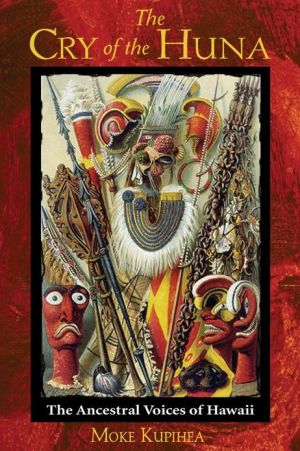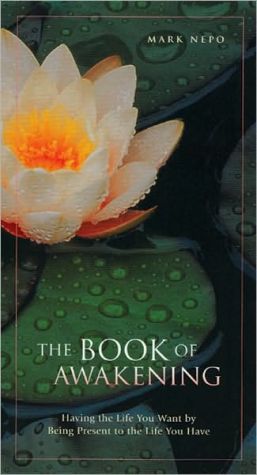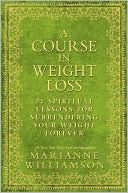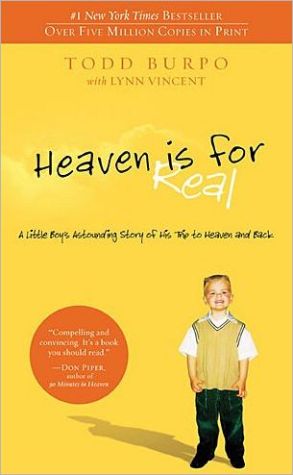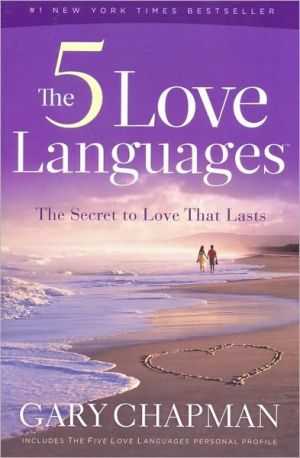The Cry of the Huna: The Ancestral Voices of Hawaii
Explores the breakdown in the chain of cultural transmission that has led to the decimation of Hawaiian spirituality, and how it can be restored\ • Shows how reconnection to the ancestral ways can be achieved through letting go and forgiveness of the effects of colonization\ • Reveals how the lessons of the decline of Hawaiian spiritual tradition reflect on other religions\ • Clarifies the complex nature of Hawaiian ancestral worship\ Hawaiian spirituality teaches that individuals can be...
Search in google:
A sense of alienation and the loss of Hawaiians' spiritual birthright has resulted due to colonization, and the consequent loss of connection to the aumakua, the ancestry connecting this people to the earth and the gods. The Cry of the Huna shares a vision of reconnection to the aumakua, releasing revenge so that healing can take its place. Library Journal "Kupihea writes eloquently about the destruction of Hawaiian spiritual values by the invasion of a new culture . . . and the key to returning to a spiritual balance with humankind and nature."
Chapter 3\ Aumakua mai\ Oh ancestors of the past come to thy breath,\ The eyes of my son are like a burning torch,\ Glowing like the red-hot kukui nut,\ It is the last flame in the burning fire I come to see.\ Na Puuhonua: The Heaping Place of Refuge\ After reaching Honaunau, we wandered through the ruins of the Puuhonua, following upon the ancient pathways of our ancestors. Tiamanu—who I came to see as my lifeline back into the world of light—walked quietly and patiently just a few steps behind me, yet I could sense that many superstitions were weighing heavily on her mind. I was free of their influence because the elder Kapahukaniolono had taught me in my childhood not to see good and evil in the light of the visions created by Christianity. At its introduction, Christianity had brought evil into our old beliefs by creating many of the superstitions that Tiamanu believed to be native, but were not, as the ancient Hawaiians had no concept of the European satan or devil, until being introduced to many of the gargoylelike pictures that the missionaries had planted in their minds.\ I paced off my steps along the trail, stopping every so often, at particular spots along the way that attracted my attention. I would linger briefly, attempting to sense the presence of burials that still retained some form of spiritual energy, energy that attracts life to death, and death to life.\ I realized that I must telepathically call upon the remnants of their memory, by repeating the names of my ancestors, in order to offer myself up as a temporary stay. Doing so, I then awaited the physical signs that would tell me: “Here it is possible to travel back, here it is possible to connect with the past”: first a certain feeling suddenly appears in my mind, followed by a tingling on the very top of my forehead, followed thereafter by a numbness that would stretch out to both my temples. These are the signs that awaken me to sites where travel into a void of spirits was possible, where the spirit in the void is present.\ Na Honaunau: The Munchers\ That day, my first encounter with such a presence came as Tiamanu and I approached the site of the heiau of Hale O Keawe, where a replica of the original heiau now stands on the old site of Keawe's original platform. The site is on the south side of Akahipapa flat, just east of Inanui, where ancient priests once pounded the stems of the akia and auhuhu plants to extract their poison. They used the poison to catch fish by pouring it into the shallow pools along Akahipapa. As the poison spread, it would numb the fish and turn the crystal blue water to a light yellow. While approaching Hale O Keawe from this path that follows along the edge of Honaunau Bay, I was drawn to the southeastern corner of the temple’s fence enclosure of wooden posts. Here I encountered multiple presences. I prayed internally and started to establish a connection, which was like communicating with a group of people who all desired to speak at once. But just then I was distracted by the calls of Tiamanu. “Moke please! You know what traveling does to you! Save your energy for Mookini,” Tiamanu pleaded. I stopped, appreciating her reminder of the side effect of connecting with the spirits. It seems to burn one’s bodily energy at an intense rate, and lengthy travel can cause exhaustion such as we had experienced at Puu Hinahina.\ Na Honaunau: The Barkers\ Leaving the temple of Hale O Keawe, we headed south, following a path that took us between the remnants of the ancient fishpond and the old temple of Alealea and into the center of the Puuhonua. There I encountered a large rough rock, set up above the black lava floor on blocks of smaller stones. It reminded me of the stone of Kopahu at Paliuli, Kauai. The stone seem to be inviting us to sit down. Although I felt no presence of burials beneath it, the draw to rest there was strong, and thus I invited Tiamanu to join me on the stone. We sat there, reminiscing about the beauty of the Puuhonua, as though we both were seeing the grounds in its ancient state of existence.
Pt. 1Haule no Akua : fallen from gods1Na Kumulipo : genesis22Puka Ana : exodus24Pt. 2The book of the Aumakua3Na Pohaku O Manuau : the stone of two Manu544Na Kaioloa : the Malo of light and darkness725Na Ke Ala Kekua O Ka Kalani : on the back of gods112Epilogue : Na Hoi O Holowai : running water returns169
\ Kahu Kaleo Patterson“The Cry of the Huna is a journal of hidden things coming to light—an engaging collection of ancestral imagery, narratives, insights, and documented material that becomes Kupihea’s own inner journey from violence to wholeness. In sharing his journey with the world, Kupihea adds new light to the universal search for meaning and hope that is based on the spiritual nature and foundation of life. In these days of global insecurity, the timely subject of his book is the search for true identity, ancestral reconnection, and spiritual harmony—a search important not only to native Hawaiians but to all people of Earth.”\ \ \ \ \ Bonnie Cehovet"Kupihea's writing is so clear, so concise, that the reader is literally taking this trip with him. . . . through his ability to move between the past and the present, we are given a clear view of a culture that [it] is most important that we not allow to die away. \ "This book will touch you, the reader, in unexpected ways. It will become part of your spiritual growth, whether you are of Hawaiian lineage or not."\ \ \ \ KAHU KALEO PATTERSON“The Cry of the Huna is a journal of hidden things coming to light—an engaging collection of ancestral imagery, narratives, insights, and documented material that becomes Kupihea’s own inner journey from violence to wholeness. In sharing his journey with the world, Kupihea adds new light to the universal search for meaning and hope that is based on the spiritual nature and foundation of life. In these days of global insecurity, the timely subject of his book is the search for true identity, ancestral reconnection, and spiritual harmony—a search important not only to native Hawaiians but to all people of Earth.”\ \ \ \ \ From the Publisher\ "Kupihea's writing is so clear, so concise, that the reader is literally taking this trip with him. . . . through his ability to move between the past and the present, we are given a clear view of a culture that [it] is most important that we not allow to die away. \ "This book will touch you, the reader, in unexpected ways. It will become part of your spiritual growth, whether you are of Hawaiian lineage or not."\ \ \
